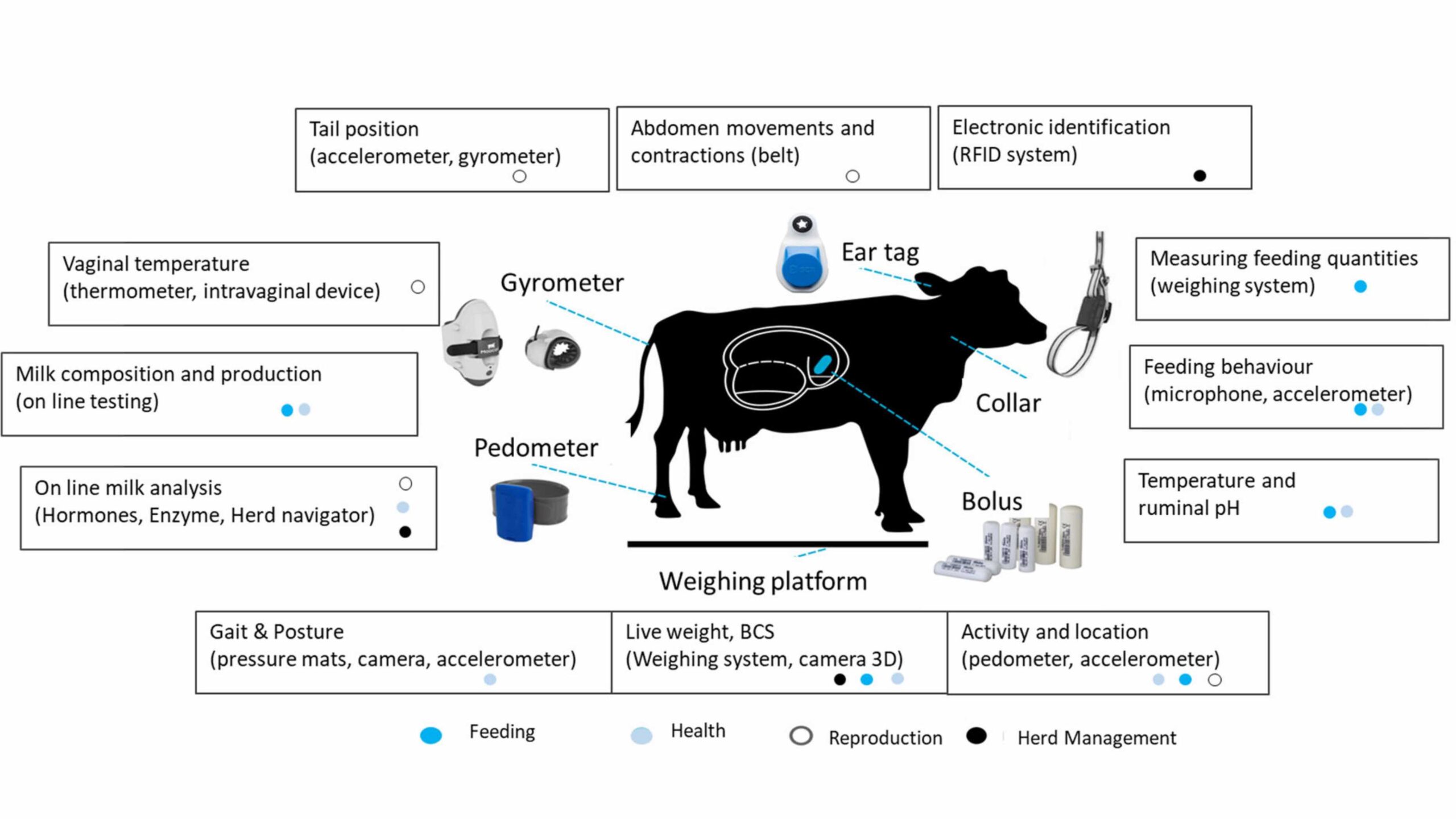Investment in the African agricultural sector was largely in a state of decline until the early 2000s, followed by what became known as Africa’s “decade of growth.” Between the years 2001-2010, investment in the sector grew more than 3 percent per year, overtaking population growth on the continent for the first time in decades.
A major source of this impressive growth is the Comprehensive Africa Agriculture Development Programme, otherwise known as CAADP, adopted by the African Union in 2003 as a means of supporting the long-neglected sector. The program requires participating African countries to commit 10 percent of government expenditures to the agricultural sector under the premise that agriculture can drive growth and serve as the antidote to hunger, poverty, and food insecurity. The program aims for a minimum of 6 percent agriculture-led growth in each country. These funds are then supplemented by commitments from the international donor community.
In a recent IFPRI Discussion Paper, “The Comprehensive Africa Agriculture Program as a Collective Institution,” IFPRI researchers Shashidhara Kolavalli, Regina Birner, and Kathleen Flaherty took a closer look at the CAADP framework, examining its effectiveness in driving investment in the agricultural sector, challenges it must surmount, and its place in the wider aid effectiveness debate.
The researchers found that a specific element set CAADP apart from other programs: ownership. “CAADP has achieved the image of being a truly ‘African-owned’ initiative” based on the conviction that “Africa’s development problems can be sustainably addressed only through Africa’s own commitment and concerted action,” says the report. CAADP is especially attractive to African policymakers, suggested the researchers, because it “principally requires a commitment to spend more resources on agriculture, not necessarily to implement neoliberal agricultural policies.” Unlike programs that are largely driven by donor priorities, undermining local institutions in the process, CAADP is a product of the locally-sourced development goals of participating countries. This approach has resulted in a sense of ownership and better development outcomes. The importance of this linkage has been echoed again and again by the international community in communiqués such as the Paris Declaration on Aid Effectiveness and the Accra Agenda for Action, and yet despite such public pleas for improved effectiveness, progress has been slow-coming.
How did CAADP fare under the researchers’ scrutiny? The study found that like many other programs that rely on collective action, CAADP was susceptible to a “free-rider” problem from both donors and recipients. For example, a recipient country could take aid funding without honoring the associated commitments, harming the reputation of the entire group of CAADPcountries. Similarly, individual donors could fall short of funding commitments to these countries or could revert to operating unilaterally rather than as part of a coordinated effort to fund the agricultural sector.
On the other hand, CAADP allows countries to strengthen their collective reputation for good governance, which can then attract additional donors and provide leverage for further private sector investment. A central conclusion of the paper, however, was that countries are just not allocating enough of their respective budgets to the agricultural sector. “The countries with the 10 largest agricultural sectors on the continent… have spent less than 5 percent of their total budget,” the report cites. Yet, “the productivity growth required to achieve the targets might require expenditures even higher than 10 percent.” Though CAADP is an encouraging step in the right direction, the program alone is not a panacea for the sector’s lagging investment and output.
While it’s difficult to divine what the agricultural landscape would be without CAADP, the discussion paper points out that “a decade ago, agriculture was utterly neglected both on the international development agenda and in African policies. One has to acknowledge that when compared with 2002, the situation has changed dramatically. Agriculture and food security have taken center stage again.”







